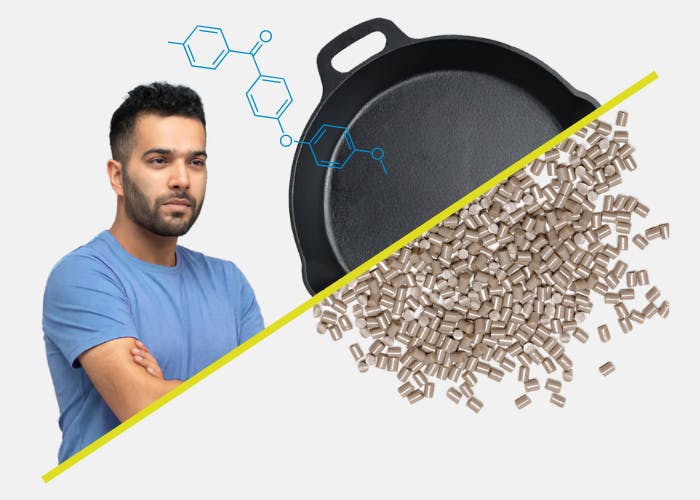
Studies in population growth give us much food for thought. Simply put, over the next 30 years we will have
a staggering 1.7 billion more mouths to feed1.
To meet demand at this incredible scale, the food processing industry will need to scale up, increase adoption of automation techniques and keep on producing economically and safely. In addition, well-known demographic factors such as greater urbanisation, an increasingly aging population and (high) demand for a healthy diet will have their impact on the industry.
The whole food supply chain will be challenged:
- To keep pace with this astonishing rate of growth
- To devise solutions that increase productivity, lower costs and allow for innovation.
- To meet needs from a growing number of smaller manufacturers and instant ordering
- To meet the increasing regulatory intervention that ensures food safety and traceability.
Food products themselves are evolving, not only in the way they are formulated, but the way in which they
are produced. The introduction of the high pressure processing of foods is a case in point.
On the menu for materials: compliance, cleaning processes and longer production cycles
Regulatory and quality compliance is an industry staple, but the landscape is continuously evolving – as are
the processes designed to ensure a compliant, clean, safe and high quality process line. Cleaning-in-place
(CIP) and sterilise-in-place (SIP) are two innovative developments that continually test the limits of many
traditional materials in food production over many cycles of use. New questions arise concerning the
equipment and the materials of construction.
Adding a special flavour: The demand for lower costs plus better yields
Like many other processing industries, food companies now also face the call for lower manufacturing costs
and increased product yields. Little to no options are available, and food processing and handling equipment
manufacturers have to develop equipment that can run for longer with reduced downtime, while being even
more efficient and safe.
High-performance thermoplastic polymers (HPPs) might well be part of the solution! In the quest to deliver
parts that last longer, work better and cost less, they have the potential to help address some of the needs
faced today by food processing and handling (FP&H) equipment manufacturers. But not all HPPs comply
with the regulatory approvals governing health and hygiene in the food industry. One of the exceptions is the
VICTREX FG™ product portfolio of PEEK polymers.2
To whet your appetite even more, take a look at VICTREX PEEK, and the outstanding
combination of properties this HPP generally brings to the table!
References
1. United Nations report UN World Population Prospects, 2022
2. List available upon request from Victrex
© Victrex plc. 2023. All rights reserved.
Disclaimer
About the author
Marcus Jarman-Smith, PhD
Dr Marcus Jarman-Smith is a Strategic Marketing Manager at Victrex. He joined the company in 2006, and
has worked extensively on surgical and medical device applications for the high-performance polymer PEEK
(polyetheretherketone). In 2001, he received a PhD in chemical engineering, tissue engineering and
biomaterials from the University of Bath, in the United Kingdom.
LinkedIn




